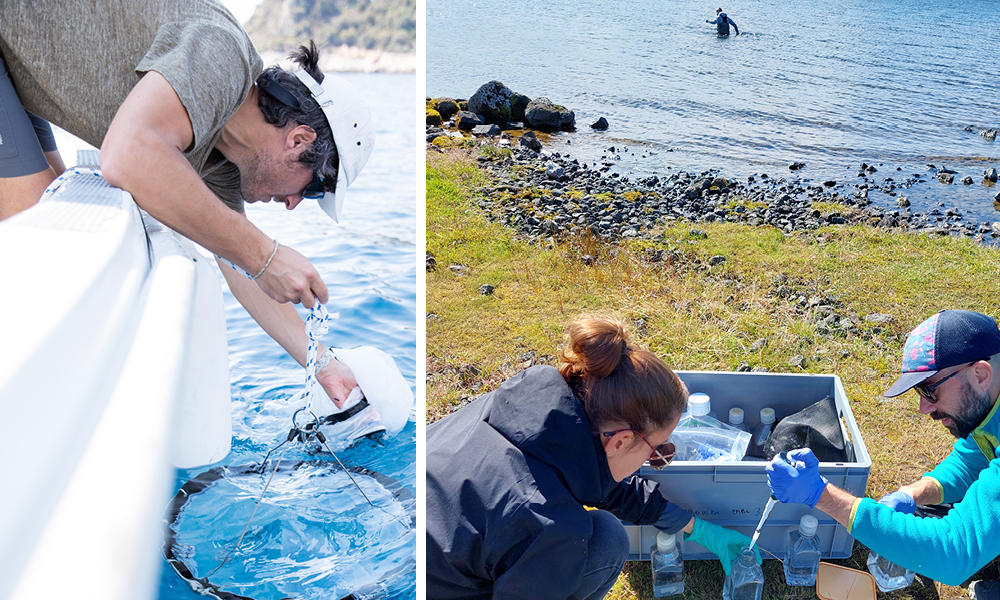What is the project about?
Marine biodiversity sustains ecosystem services for planetary and human health. Recent surveys of marine ecosystems have unveiled our ignorance of the richness and functioning of marine life, which is changing in the Anthropocene at a faster pace than terrestrial life.
Marine biodiversity and ecosystems evolve in a fluid and highly dynamic environment, and are changing at a faster rate than terrestrial ecosystems. They are affected by the cumulative impacts of global (ocean warming, deoxygenation, acidification, freshening etc) and local (pollutants, exploitation of natural resources, ocean sprawl etc), and anthropogenic stressors – leaving only 13% of the ocean devoid of human impacts.
However, we are still blind to the extraordinary richness of marine life and its functioning, as until recently we simply lacked the methods to assess it as a whole, compounded by the difficulty of measuring underwater life across the extremely broad taxonomic and dynamic spatial scales of marine ecosystems.
The technologies required for these tasks now exist, including eDNA/RNA sequencing, automated imaging, acoustics and remote sensing, massive computing power, Artificial Intelligence, and complex-system modelling.
Together, these allow us to consistently measure and interpret marine biodiversity from viruses to whales, from molecules to species and their interactions, across spatio-temporal scales.
Why is the project important?
Acquiring knowledge of the principles governing the structure, dynamics, resilience and evolution of marine life is essential to develop solid theories and predictive models of the relationships between marine biodiversity and ecosystem functions, which will in turn lead to improved economic valuation and protection of marine life.


